3 Key Takeaways:
- Dr. Effie Politis, a leading plastic surgeon in Tampa, FL, offers unique, tailored approaches for each patient to achieve natural-looking results, as demonstrated by her recent Instagram post.
- Politis Plastic Surgery emphasizes on comprehensive consultation and patient education, ensuring individuals can make informed decisions about their plastic surgery options.
- Aesthetic procedures like breast augmentation can offer more than just physical enhancements – they can significantly boost self-confidence and self-esteem, leading to an improved overall quality of life.
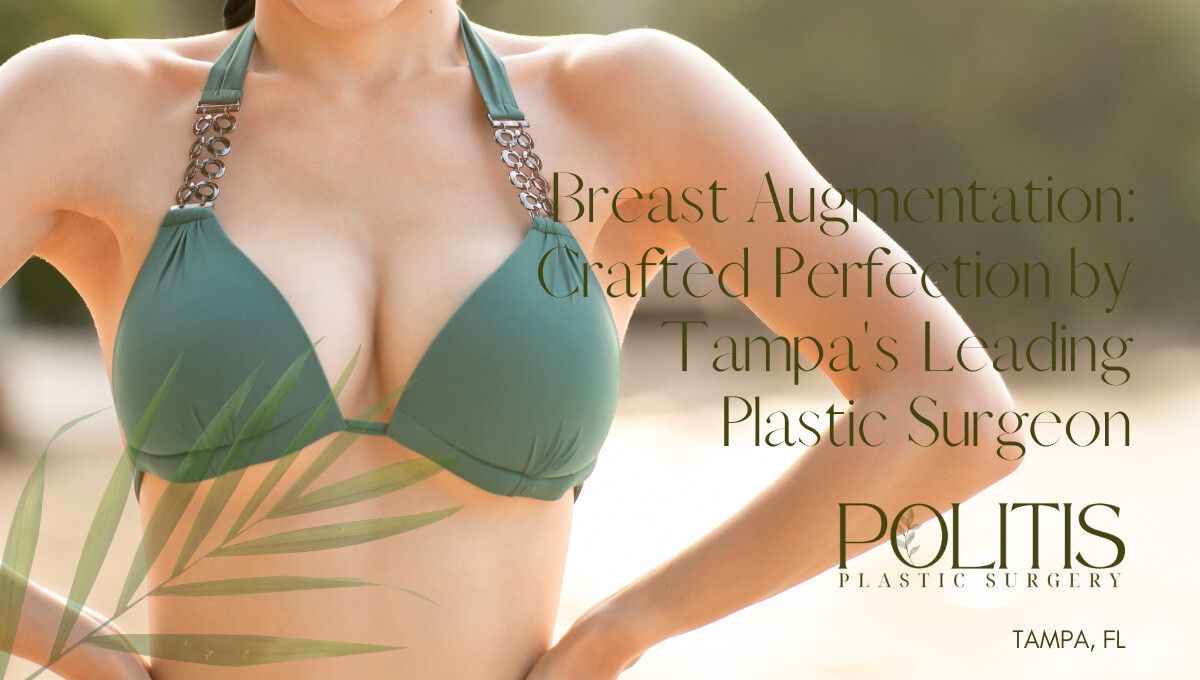 Introduction: The Art of Aesthetic Transformation
Introduction: The Art of Aesthetic Transformation
The transformative power of aesthetic enhancement is embodied in the tale of one patient’s journey at Politis Plastic Surgery, under the skilled guidance of Dr. Effie Politis, a distinguished plastic surgeon based in Tampa, FL.
Highlighting a Transformation
This story of transformation unfolds around a breast augmentation procedure, performed on a 34-year-old mother of two. The patient, standing at 5’7″ and weighing 135 lbs, sought a natural enhancement to her silhouette. Through the professional use of Natrelle’s SSF 365 cc smooth round silicone implants, Dr. Politis was able to create an outcome that is as striking as it is natural – a testament to her surgical acumen and nuanced aesthetic sensibility.
Personalized Care: The Cornerstone of Practice
What sets Dr. Effie Politis apart is her unwavering dedication to personalized care. At Politis Plastic Surgery, the belief is firmly rooted that each patient is unique, with individual aesthetic needs and desires. This philosophy shines through in the transformation achieved for our patient, where the results not only look natural but are also in harmony with her overall physique, thereby enhancing her innate beauty.
Understanding the Journey
We at Politis Plastic Surgery recognize that plastic surgery is a significant decision. Our commitment to patient care encompasses a thorough consultation process to ensure that patients can make well-informed decisions about their aesthetic journeys. Nestled at 5016 West Cypress Street, Suite 200, Tampa, FL 33607, our clinic is where aesthetic aspirations are brought to life.
The First Step towards Transformation
When patients feel ready to commence their transformation journey, they are welcomed to reach out to us. They can schedule a consultation by calling or texting (813) 542 – 2587, or by reaching out through our website, politisplasticsurgery.com. Opting for a plastic surgeon isn’t just choosing a medical professional—it’s the initial stride towards becoming an even better version of oneself.
Conclusion: Crafting Masterpieces
At Politis Plastic Surgery, patients aren’t merely individuals seeking aesthetic enhancement—they are unique masterpieces waiting to be sculpted. We extend an invitation to all to embark on their transformative journey and experience the empowering impact of self-confidence that stems from looking and feeling their best. Under Dr. Effie Politis’s care, they’re in the hands of a master artist, for whom the human form is the ultimate canvas.
References:
- “Only Natrelle® does gummy like this | NatrelleSurgeon.com.” https://www.natrellesurgeon.com/.
- “How to Prepare for Your Cosmetic Surgery Consult – ABCS.” https://www.americanboardcosmeticsurgery.org/patient-resources/prepare-cosmetic-surgery-consultation/.
- “Deciding to Get Cosmetic Surgery | Cosmetic and Plastic Services.” https://www.ohsu.edu/cosmetic-plastics-services/deciding-get-cosmetic-surgery.
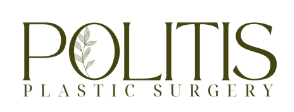


 A New Trend in Cosmetic Procedures: 24-hour Breast Augmentation
A New Trend in Cosmetic Procedures: 24-hour Breast Augmentation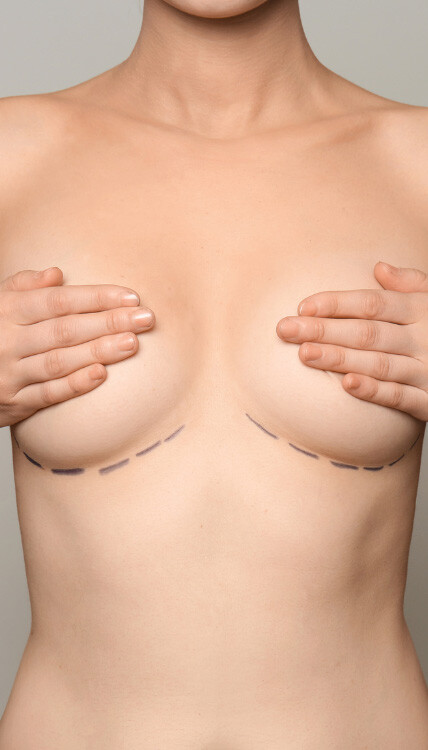

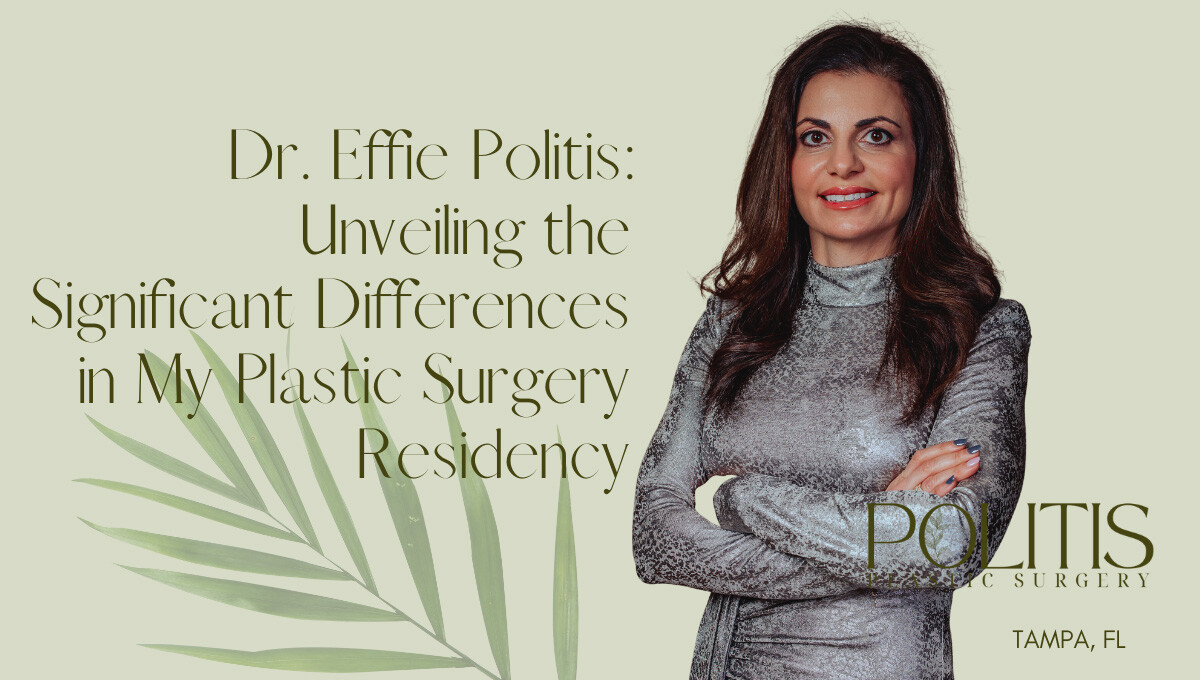 The Art of Handling Responsibility
The Art of Handling Responsibility
 When it comes to enhancing your physique, sometimes simplicity is indeed the key. This concept resonates at the heart of Politis Plastic Surgery, located in Tampa, FL.
When it comes to enhancing your physique, sometimes simplicity is indeed the key. This concept resonates at the heart of Politis Plastic Surgery, located in Tampa, FL. 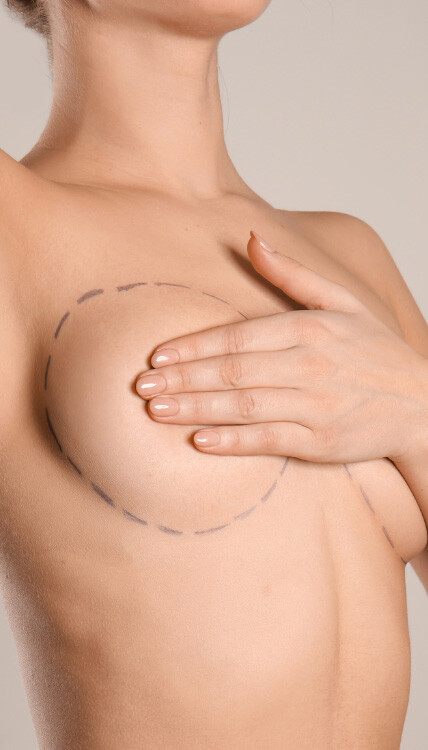
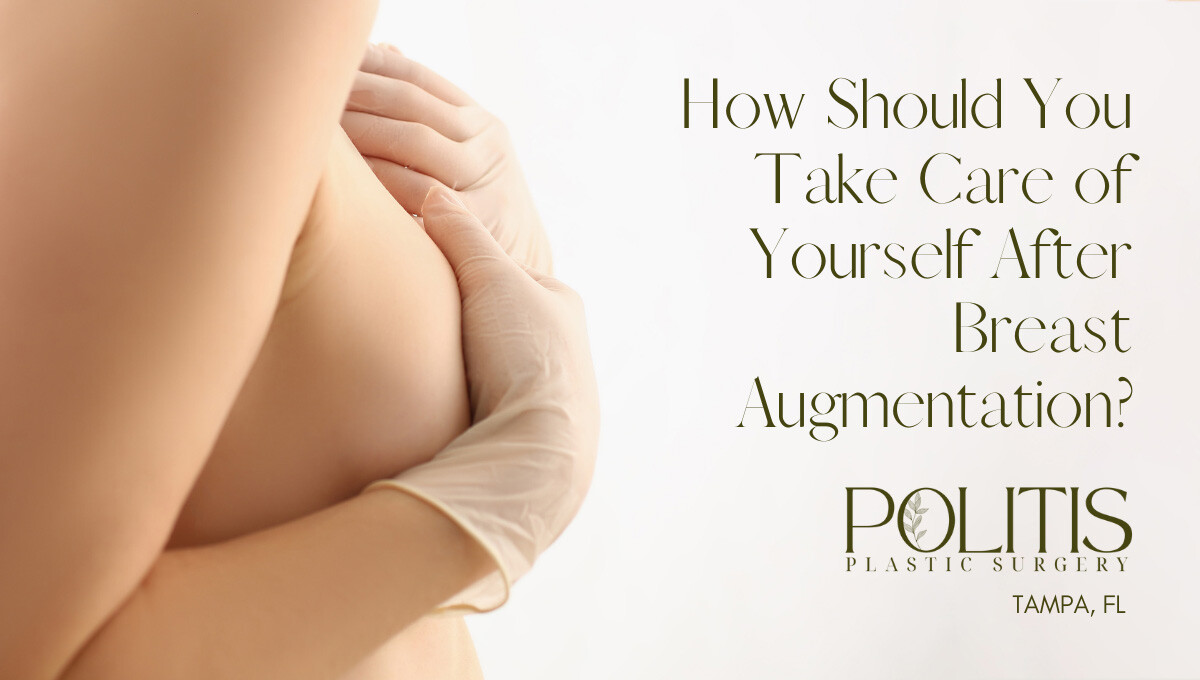 In an era of popularized personal enhancements and aesthetic trends, there’s no denying the eminent rise of
In an era of popularized personal enhancements and aesthetic trends, there’s no denying the eminent rise of 



 As you stand in front of the mirror, you cannot escape the cultural expectations of beauty. The desire for a more voluptuous figure drives many women to consider breast augmentation, a surgical procedure that enhances breast size and shape. Often, this decision is accompanied by fear and misconceptions about the risks involved. This article aims to shed light on the true nature of breast augmentation, clarify potential risks, and provide guidance on making an informed decision.
As you stand in front of the mirror, you cannot escape the cultural expectations of beauty. The desire for a more voluptuous figure drives many women to consider breast augmentation, a surgical procedure that enhances breast size and shape. Often, this decision is accompanied by fear and misconceptions about the risks involved. This article aims to shed light on the true nature of breast augmentation, clarify potential risks, and provide guidance on making an informed decision.